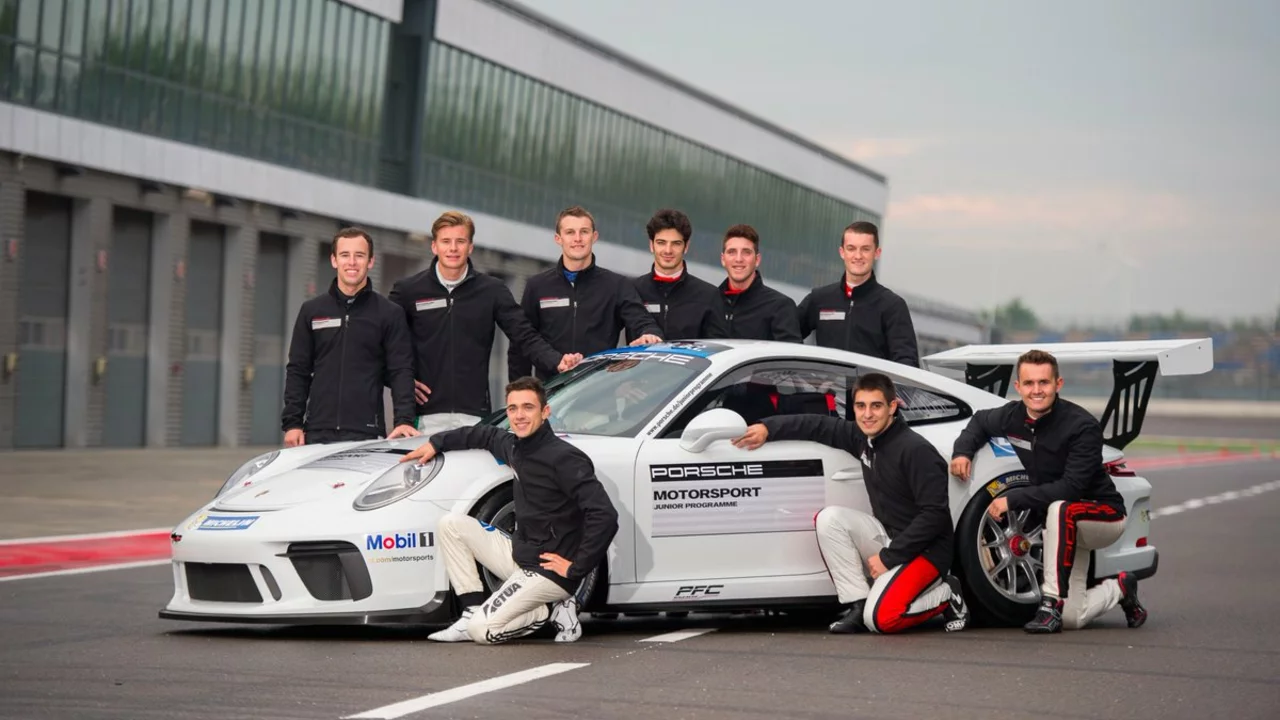Auto Racing Profession: What You Need to Know
If you love the roar of engines and the thrill of speed, a career in auto racing might be the perfect fit. It’s not just about sitting behind a wheel; it’s a mix of physical fitness, mental sharpness, and technical know‑how. Below we break down the key parts of the job, the training you’ll need, and the different paths you can take to join the track.
Skills and Training
First off, you need a solid fitness base. Racing drivers spend hours in the gym working on core strength, neck muscles and cardio. The G‑forces you feel on a corner can push your body hard, so a strong frame helps you stay in control. Alongside the physical side, mental stamina is a must. You’ll be making split‑second decisions, reading the track and reacting to other cars while staying calm under pressure.
Technical knowledge is another big piece. Understanding how a race car works – from suspension set‑up to tire wear – lets you give useful feedback to engineers. Many drivers start by learning the basics in karting or junior formula series, where they can practice car control without the high costs of full‑size racing.
Licensing is also part of the process. In most countries you’ll need a racing licence from the national motorsport authority. The licence requirements usually include a minimum number of supervised laps, a medical exam and sometimes a written test on rules and safety. Getting your licence shows teams you’re serious and meet the safety standards.
Career Paths and Opportunities
There are several ways to break into the sport. The most obvious route is driver development programs run by big manufacturers or racing teams. These programs scout young talent, provide coaching, cover race fees and often place drivers in lower‑tier series to gain experience.
If driving isn’t your only goal, consider other roles on the track. Teams need mechanics, engineers, data analysts and pit crew members. Each position offers a chance to work with high‑performance machines and travel to races around the world. Starting as a junior mechanic or engineering intern can lead to senior roles that keep you close to the action.
Freelance opportunities are growing, too. Content creators who film races, write about circuits or offer coaching services can earn money while staying connected to the sport. Knowing beautiful racing circuits – like the Nürburgring, Spa‑Francorchamps or the Monte‑Carlo street track – gives you great material for blogs or video tours that attract fans and sponsors.
Networking matters. Attend local track days, join racing clubs and connect with people on social media platforms dedicated to motorsport. Building relationships often opens doors to test‑drive slots, sponsorship deals or job offers that aren’t publicly advertised.
Finally, remember that the auto racing profession isn’t a quick route to fame. It takes years of training, a lot of money and a willingness to face setbacks. But for those who love the sport, the payoff – whether it’s crossing the finish line first or seeing a car you helped build win a race – is worth the effort.
Ready to give it a shot? Start by finding a nearby karting track, sign up for a beginner’s course and get a feel for the speed. From there, follow the steps above, stay disciplined and keep your passion alive. The track is waiting.
